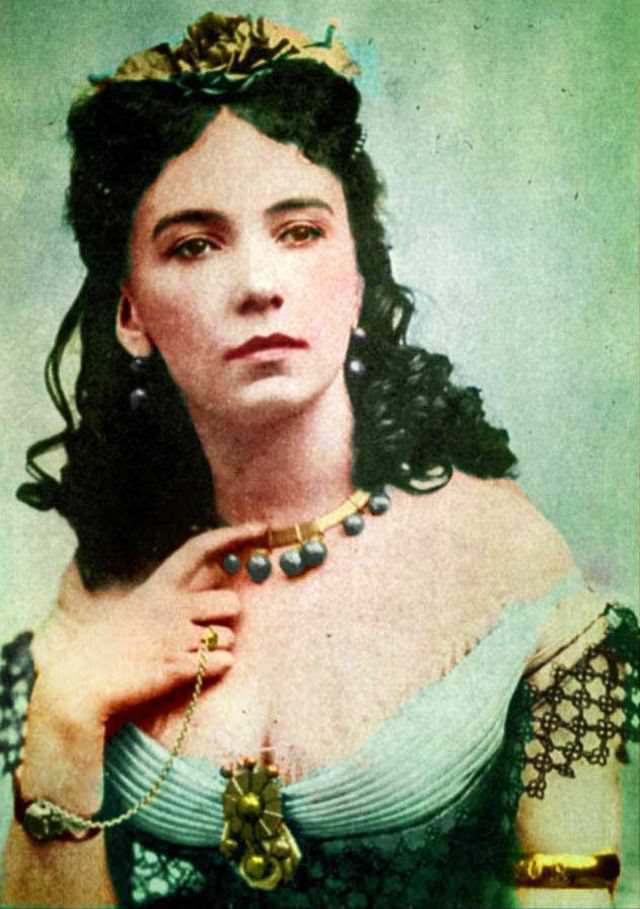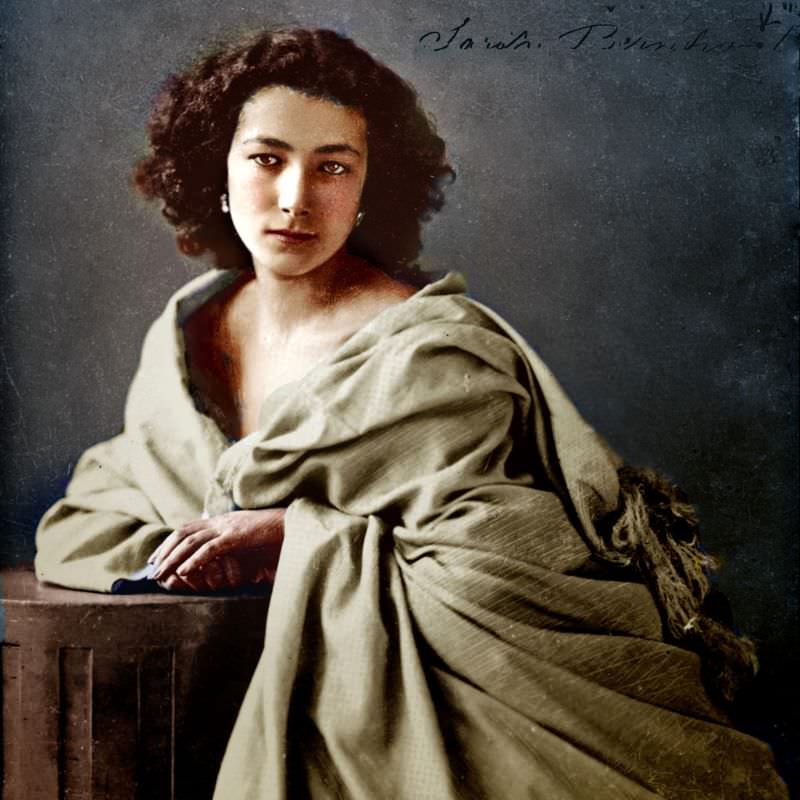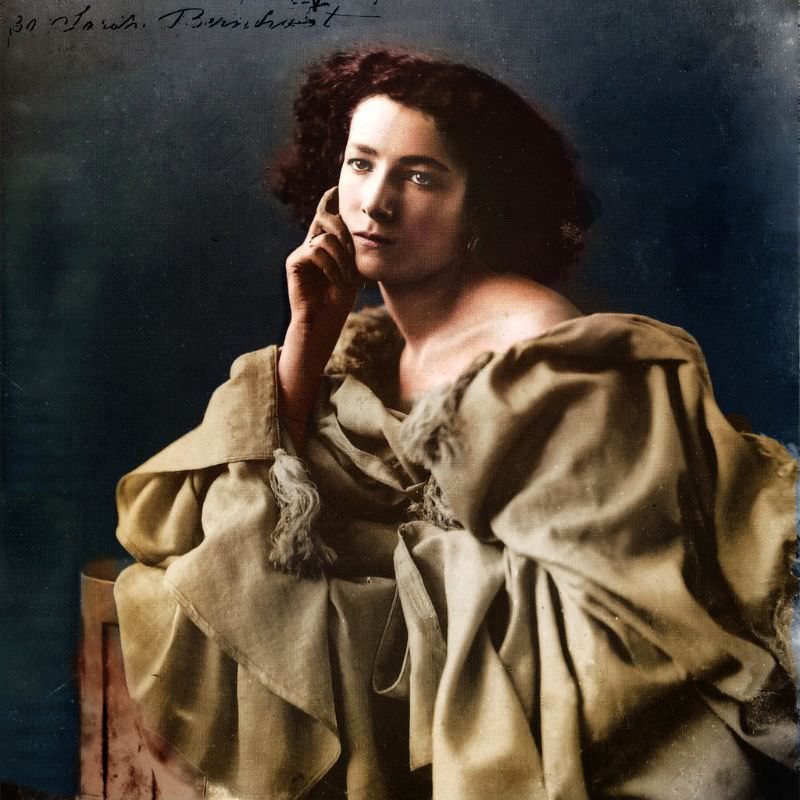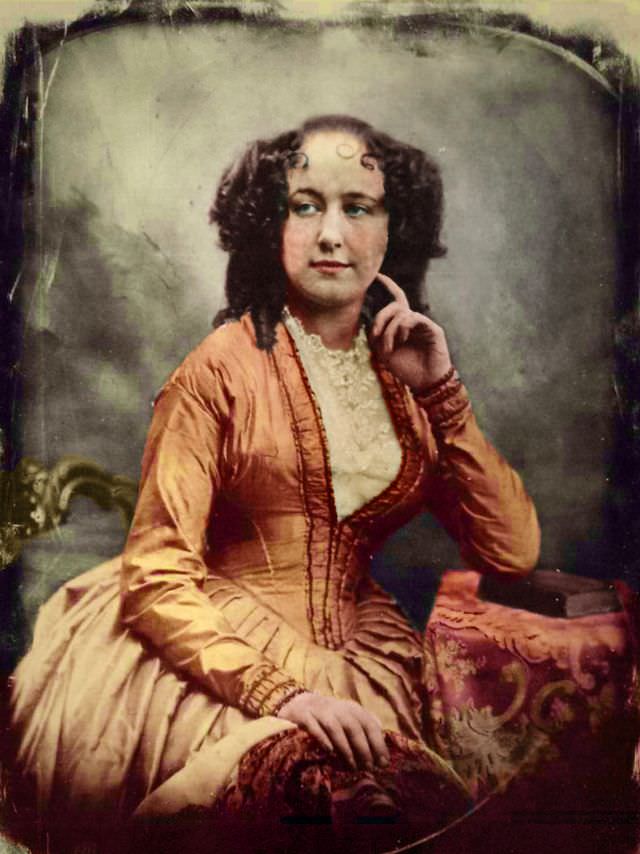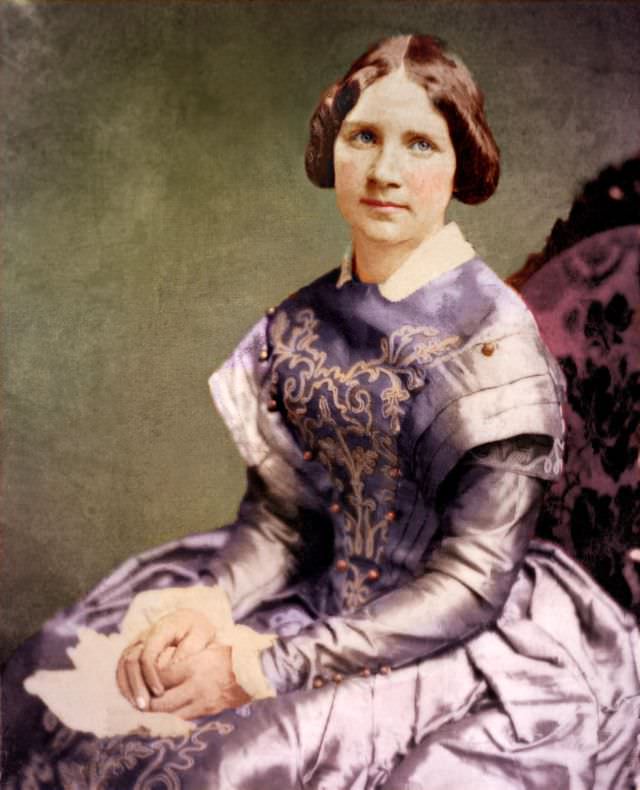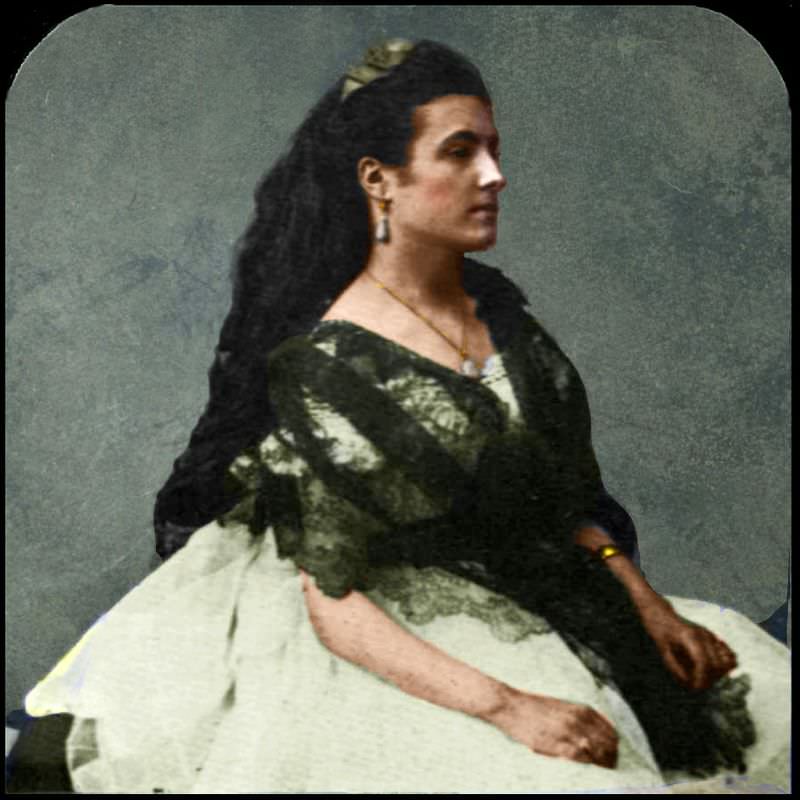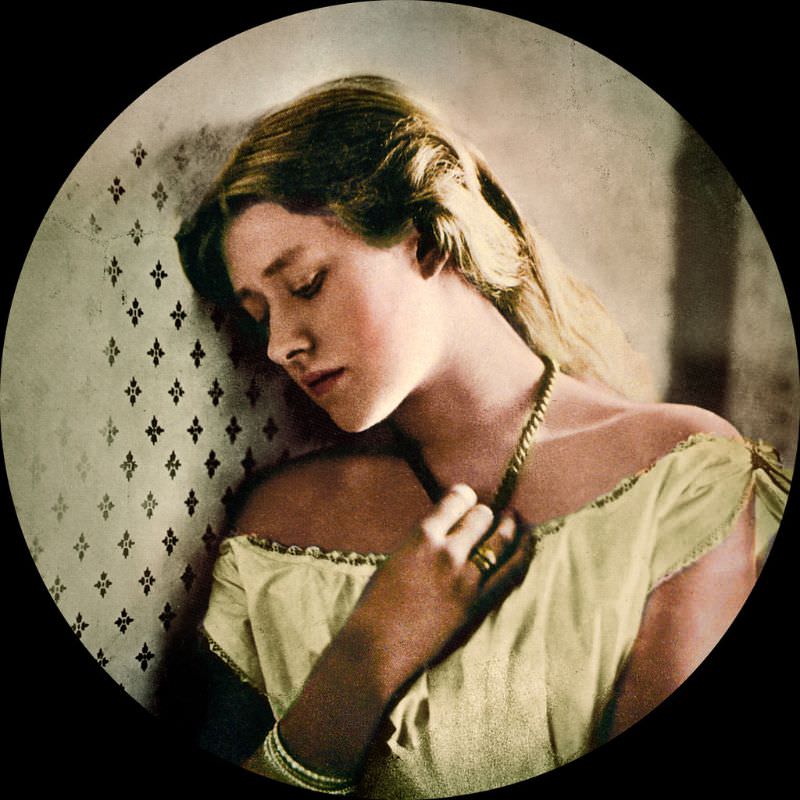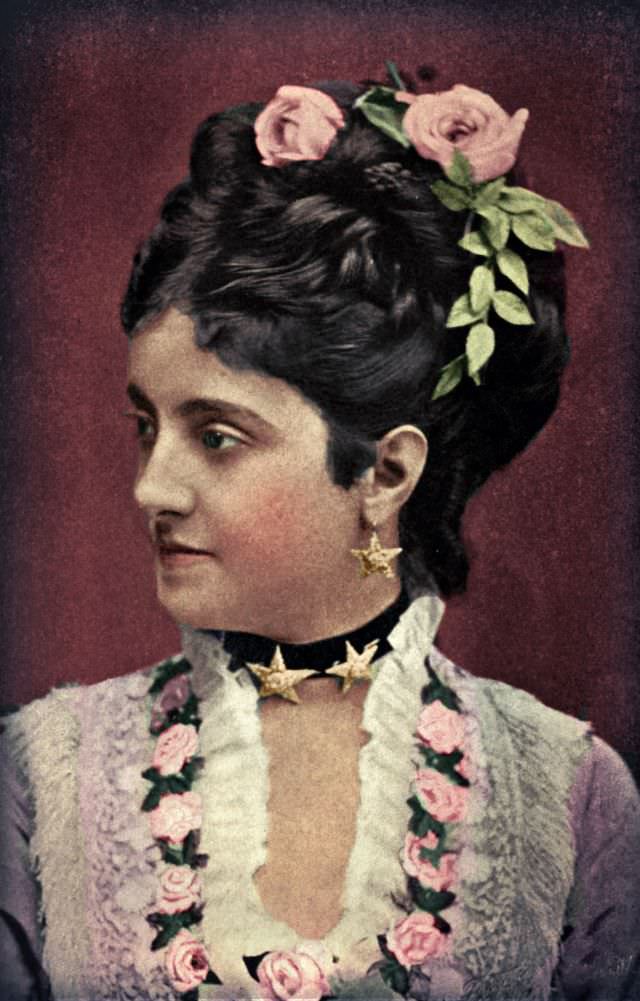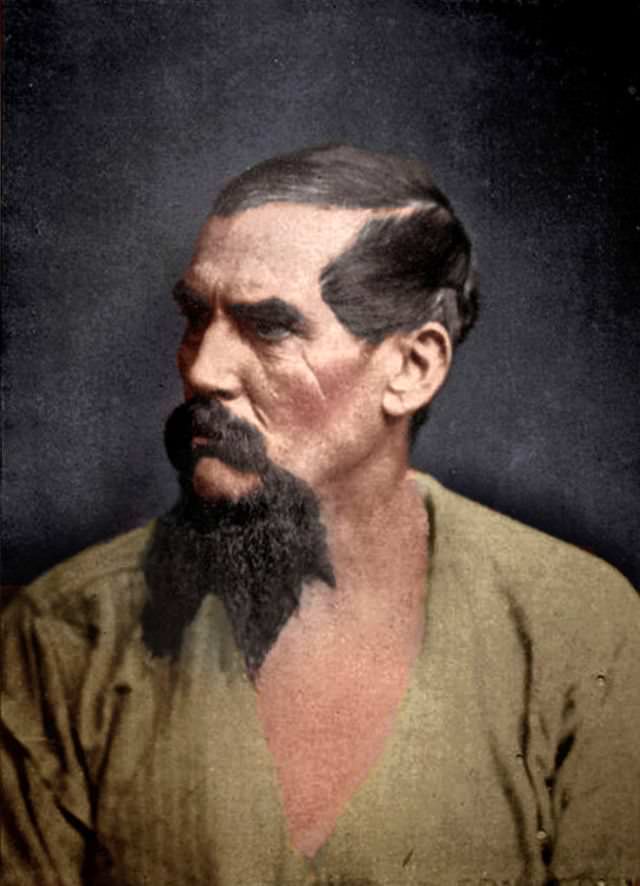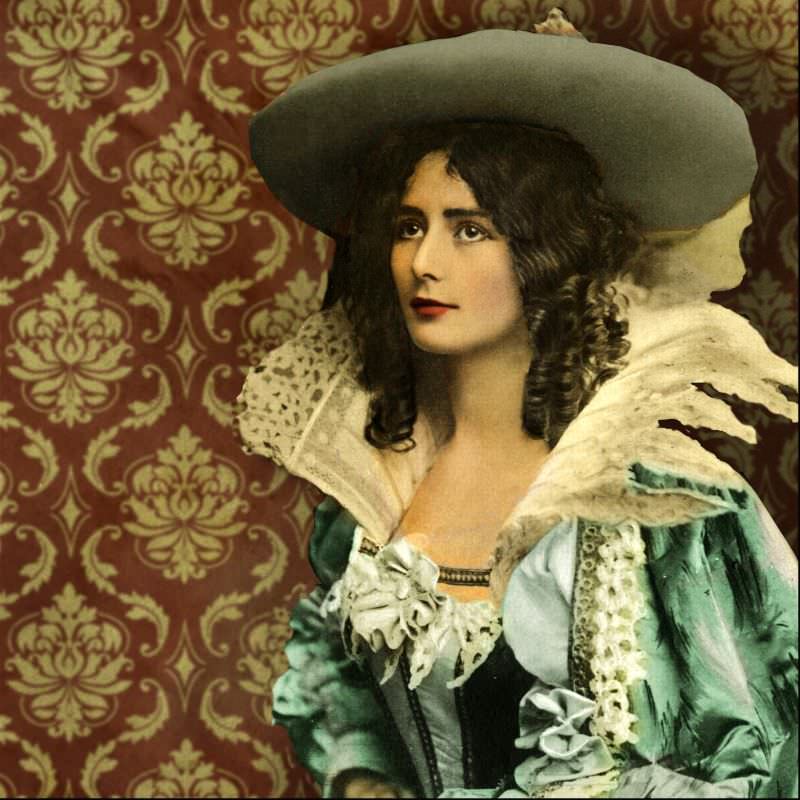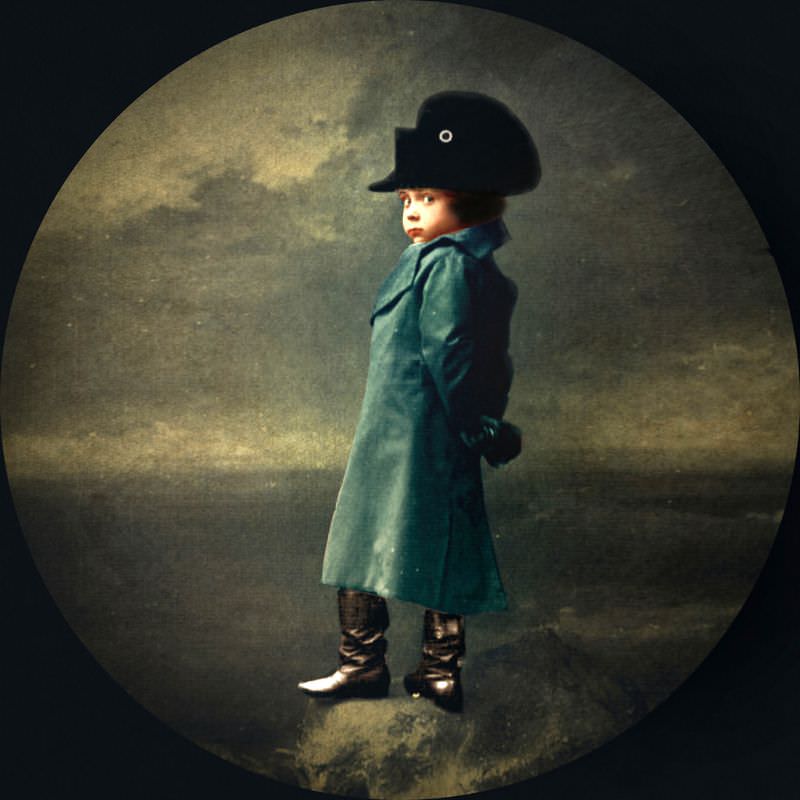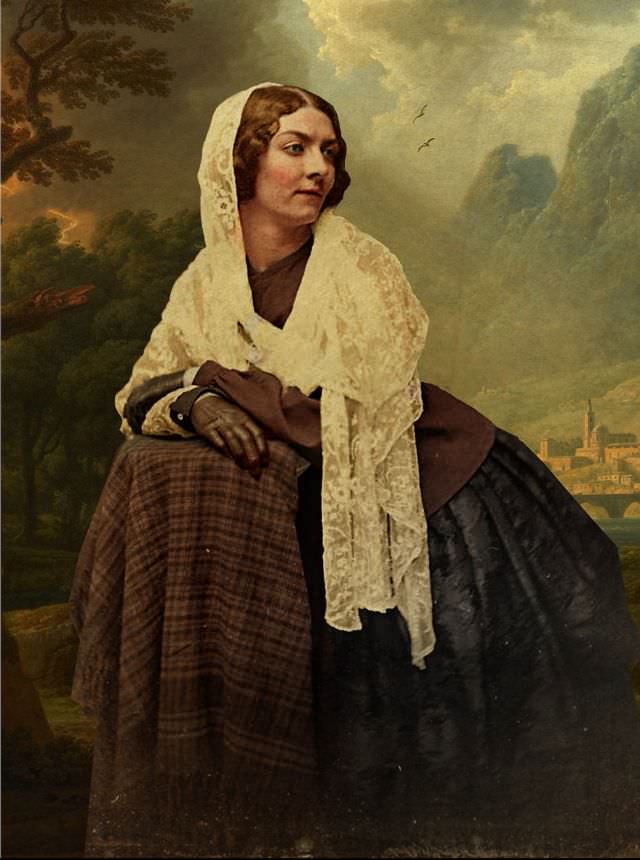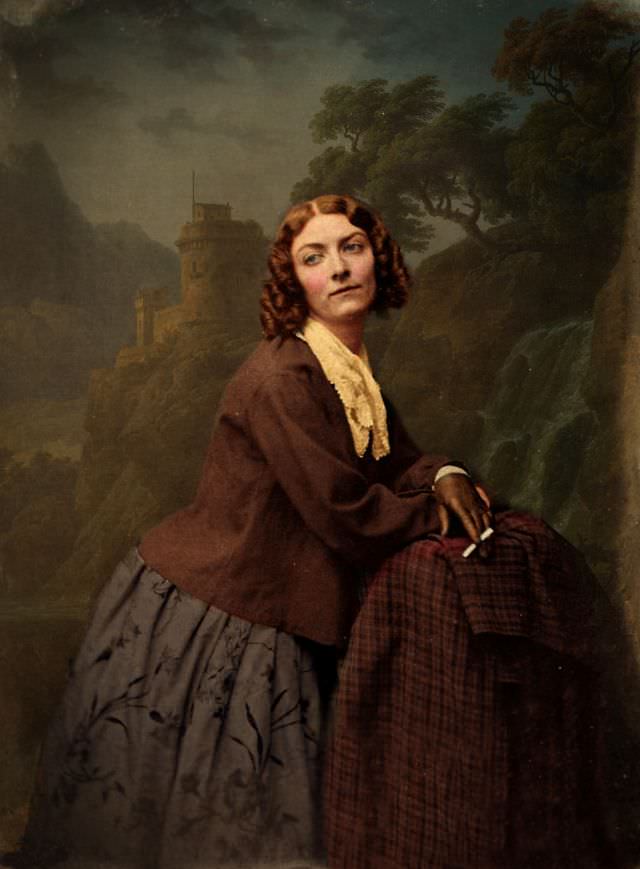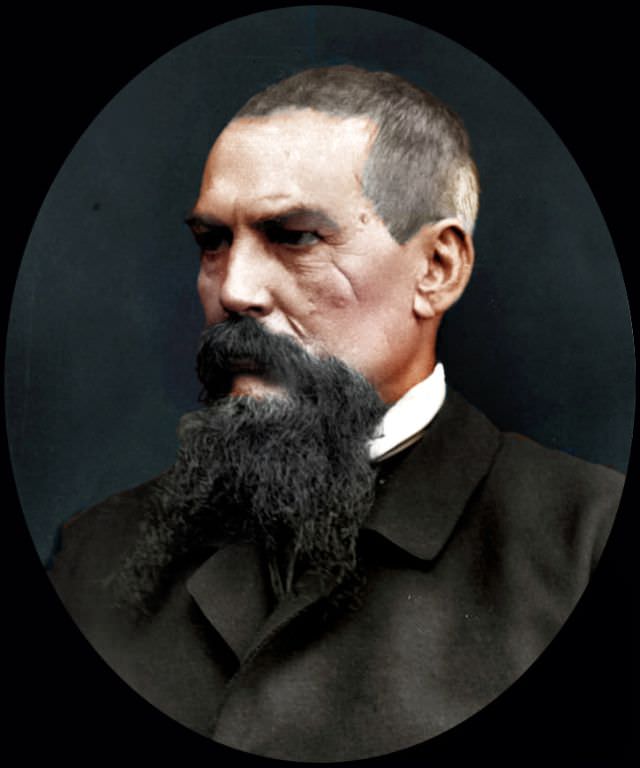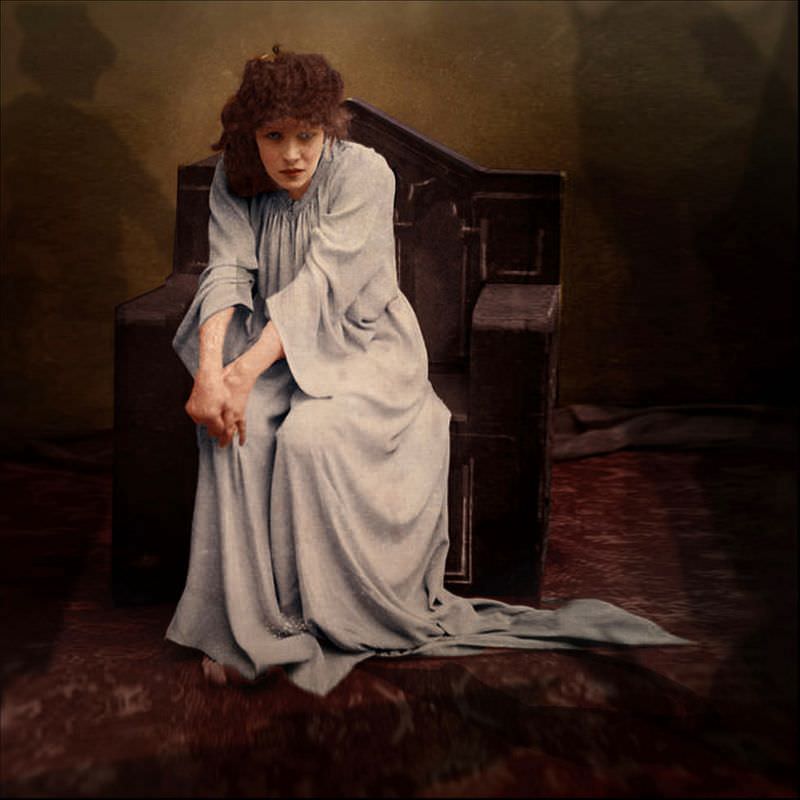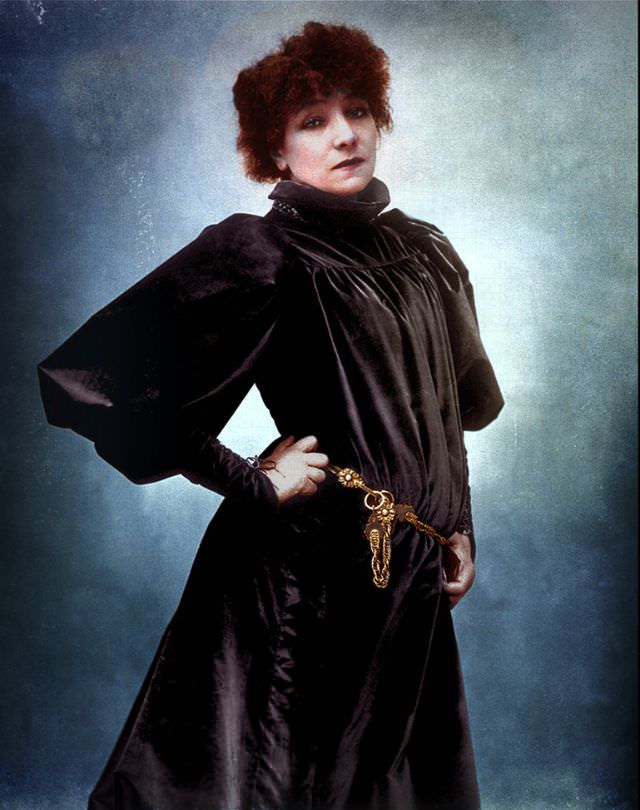Nowadays, we can take photographs in full natural colors, with a level of detail that is pretty much indistinguishable from reality in a matter of seconds. The technology that we have in our packets has a long history which dates back to centuries. The first experiments of color photography were started in the mid-19th century.
Baptist minister, Levi Hill from New York took the first color photograph in 1851. He revealed his secrets after six years in his book. When people finally got their hands on Hill’s secret, they found that the process is so complicated and pretty much useless. In 2007, researchers at the National Museum of American History were able to analyze Hill’s work and discovered that he did figure out a way to reproduce color. They found that Hill used pigments to enhance some of the colors. While Levi Hill did not completely lie about his discovery, he did embellish the results. In 1886, physicist and inventor Gabriel Lippmann created the first color photograph without the aid of any pigments or dyes. In the late-19th century Hans Jakob Schmid, an employee of a Swedish printing company invented the photochrom process. It was a technique for applying color to monochrome images with nuance and precision.
Today we have the technology and digital editing tools which allow us to recolor the old black and white photographs. These colorized images show what the world really looked like back then. Here below are some stunning colorized photographs from the mid-19th century.


